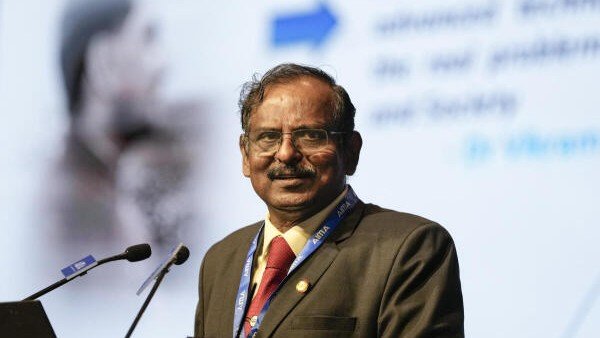New Delhi: The Gaganyaan mission has reached a significant milestone, with approximately 90% of its development work completed, according to ISRO Chairman V Narayanan. The mission is progressing steadily, with critical systems such as the human-rated launch vehicle, crew escape mechanism, and life support systems nearing finalisation. This progress underscores India’s growing capability in human spaceflight and positions the nation to join an elite group of spacefaring countries.
ISRO plans to conduct three uncrewed missions before the first crewed flight, which is now targeted for the first quarter of 2027. The initial uncrewed mission, designated Gaganyaan-1, is scheduled for December 2025 and will carry Vyommitra, a half-humanoid robot developed to simulate human functions in space.
Vyommitra will monitor environmental parameters, operate control panels, and validate the performance of onboard systems during the flight. This mission serves as a critical risk-mitigation step before human astronauts are launched.
Vyommitra, meaning “space friend,” is equipped with sensors to measure temperature, pressure, oxygen, and carbon dioxide levels, and can respond to commands in both English and Hindi. It will play a pivotal role in testing the environmental control and life support systems, avionics, and structural integrity of the crew module under actual space conditions.
The successful Integrated Air Drop Test conducted on August 24, 2025, validated the parachute-based deceleration system, ensuring safe splashdown of the crew module. This test involved a simulated module dropped from a helicopter at 3 km altitude, with nine parachutes deploying in sequence to achieve a controlled descent.
The NASA-ISRO Synthetic Aperture Radar (NISAR) satellite, launched on July 30, 2025, is functioning well and is expected to become operational within 10–15 days. Both the L-band and S-band radar payloads are operational, and the satellite has successfully deployed its 12-metre reflector and completed orbit circularisation at 747 km.
NISAR will provide high-resolution, all-weather, day-and-night imaging of Earth every 12 days, supporting studies on land deformation, ecosystems, and ice dynamics. The mission marks a major milestone in Indo-US space collaboration and is expected to generate valuable data for climate and disaster management applications.
The NVS-02 navigation satellite, launched on January 29, 2025, as part of India’s 100th launch from Sriharikota, is stranded in an elliptical transfer orbit due to a valve malfunction in its propulsion system. The oxidizer valves failed to open, preventing the satellite from performing orbit-raising manoeuvres to reach its intended geostationary slot. Despite this, the satellite’s solar panels have deployed, and its systems remain healthy.
ISRO is evaluating alternate mission strategies to utilise the satellite in its current orbit, though the low perigee poses risks from atmospheric drag and potential early re-entry. A failure analysis committee has identified the root cause, and its recommendations will be submitted to the government for review.






